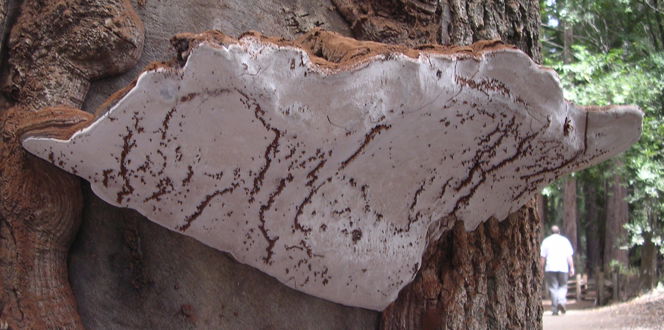Black Turpentine Beetle Description:
The Black Turpentine Beetle is a common pest that affects pine trees throughout the United States. Ranging in color from dark-reddish brown to black, this stout, cylindricalshaped beetle measures up to 8 millimeters, and features a partially visible head and clubbed antennae. Its legless larvae are typically yellowish-white in color with a reddish-brown head.
Hosts:
In some parts of the United States, including Long Island and Cape Cod, the Black Turpentine Beetle is considered a primary pest because it invades healthy Japanese black pines. For the rest of the U.S., from coastal New Hampshire to Florida, to eastern Texas, however, this insect is considered a secondary pest because it affects weak, stressed pines and red spruces.
Biology & Symptoms:
Typically, adult beetles infest the lower six to eight feet of the trunk area; occasionally attacking below the soil line. Tree mortality more often results from heavy, repeated attacks year after year. Like other bark beetles, the black turpentine beetle can transfer blue stain fungus, but does not appear to be as efficient as other bark beetle species. During an infestation, female beetles bore into tree tissue, producing red-colored dust and pitch tubes. Females that successfully bore through to the sapwood without becoming entombed in the resin carve out galleries, then emit pheromones (chemicals) to attract males. After mating, both the male and female engage in two weeks of intensive downward tunneling before approximately 100 eggs are laid. Eggs hatch within 10 days, and the larvae feed side-by-side in small, fan-shaped tunnels. Adults emerge and seek out favorable trees to continue the infestation. One to several generations is produced each year, depending on location. All different life stages may be present simultaneously.
Management:
Since it can be easy to confuse the diagnosis and treatment of the many species of wood-boring beetles, it may be helpful to have a local expert evaluate potentially affected trees for black turpentine beetle. Since healthy, well-watered trees are less likely to be attacked, and promote entombment of females, be sure to water pines and spruces during periods of drought to help reduce or prevent attacks. Other management techniques include pruning trees in winter to minimize beetle attraction; grinding stumps of infested trees after removal; and applying insecticide to the lower eight feet of trunk several times a year.





